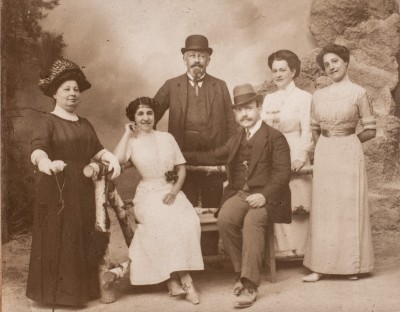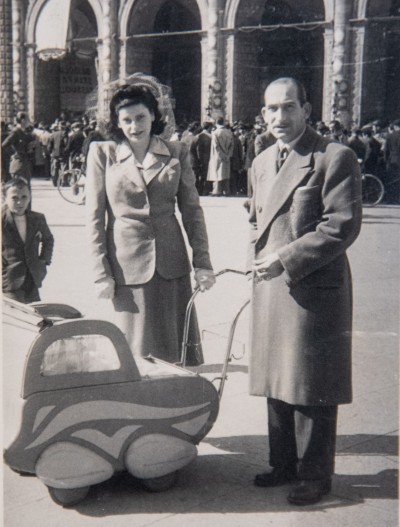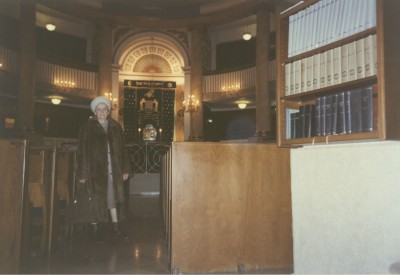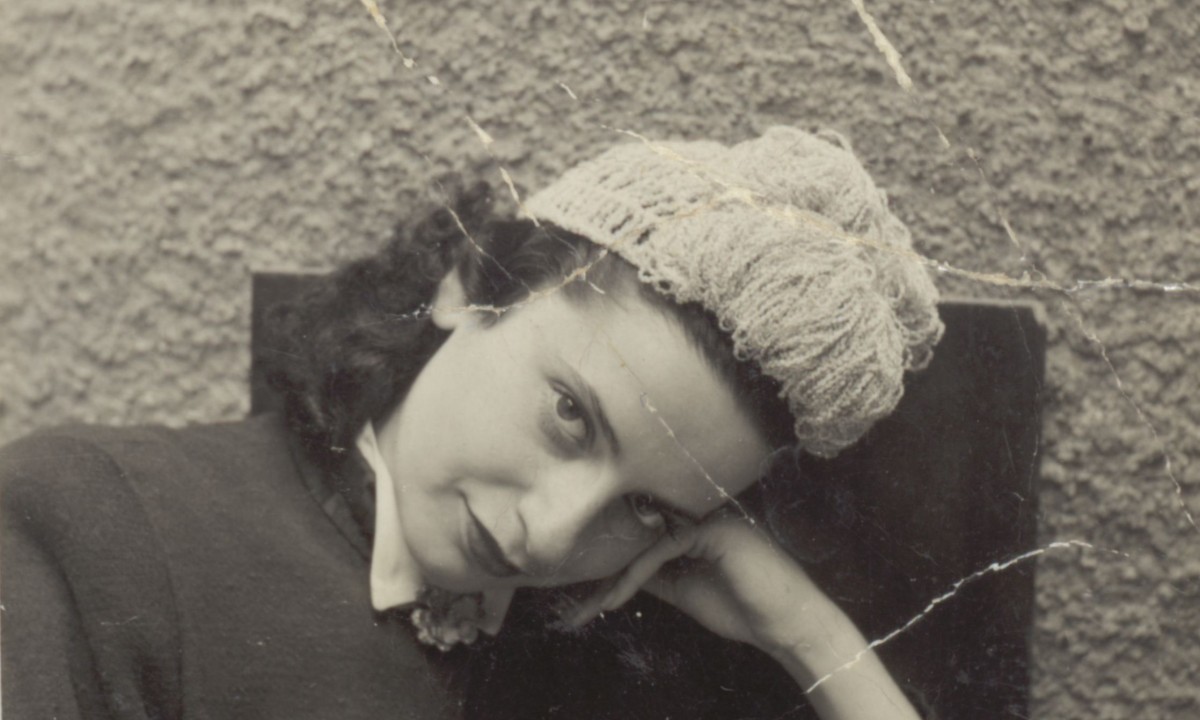On January 24, 2023, an exhibition about Elisa Springer will open at the Austrian Cultural Forum in Rome. She is hardly known in Austria, but things are different in Italy. Her book “Il silenzio dei vivi” (“The Silence of the Living”) has sold hundreds of thousands of copies. She is known to many through her TV appearances, documentaries or her numerous contemporary witness interviews at schools. Born and raised in Austria, Elisa Springer became one of the most important and active contemporary witnesses in Italy.
13. January 2023
Close up
Elisa Springer’s eloquent silence
by Sabine Apostolo
The close connection to the neighboring country to the south began with the selflessness of a stranger: On August 26, 1939, Elisa Springer entered into a marriage of convenience with Eliezer Alfassa at the Vienna City Temple and thereby received Italian citizenship. At this point, marriages of convenience were already a frequently used escape strategy for Jewish women, even if they did pose risks. Many men see this as a business model and demand money for a marriage of convenience; others exploit the legal dependency of women in marriage and some brides not only have to flee from the National Socialists, but also from their husbands.

© Fondazione Springer A-24020
The Bauer-Springer family
Lotte and Lizzy Bauer, Armin Springer, Elkan Bauer, Sidonie Springer, Sofie Bauer. Vienna, 1930s
Lotte and Lizzy Bauer, Armin Springer, Elkan Bauer, Sidonie Springer, Sofie Bauer. Vienna, 1930s

© Fondazione Springer A-24020
Elisa Springer and Guglielmo Sammarco with their son Silvio. Bologna, 1948
Elisa Springer is fortunate in this respect since Eliezer Alfassa marries her out of compassion. At this point, she knows all too well how much her life is in danger. Her father was arrested and deported in June 1938, and in December Elisa and her mother Sidonia received his ashes from the Buchenwald concentration camp. In the fall of 1939, the two flee to relatives in Hungary. As an Italian, Elisa can travel unmolested by train; her mother Sidonia has to cross the Danube with a smuggler and is then betrayed when crossing the border. She is only allowed to enter the country thanks to her uncle’s diplomatic skills and contacts. After six months, Elisa Springer’s residence permit expires and she decides to travel to her official homeland of Italy, arriving in Milan in June 1940. She has to leave behind her mother, whose fate remains unknown to this day. Her last sign of life is a letter from Garany/Hraň, a village in southeast Slovakia, in 1940.
In Milan, she ekes out a living as a translator and salesperson, and at times she also has to do forced labor. When things became more and more perilous for Jewish women and men in Italy in the fall of 1943, partisans gave her forged papers: “Elisa Bianchi, born in Milan, religion: Catholic.” But precisely because of this contact, she was denounced and arrested. After several weeks in Italian prisons, she is deported to Auschwitz. She manages – mainly because of her language skills – to survive three months in Auschwitz and then in the Bergen-Belsen, Raguhn (a Buchenwald sub-camp) and Theresienstadt camps.
Upon liberation, she returns to the city of her birth, but Vienna is no longer her home: most of her family was murdered; as a survivor, a marked person and an Italian citizen, she encounters rejection and cannot find work. Consequently, she goes back to Italy and meets her second husband there. Following him to his hometown in southern Italy, she adapts to his life and religion. She does not talk about her experiences or even the fact that she is Jewish. She would not have found listeners either in the family or in the narrowness of the village.

© Fondazione Springer A-24020
Elisa Springer at the synagogue in Seitenstettengasse, more than 40 years after the marraige of convenience. Vienna, 2003
Only after his death and with the help of her son does Elisa Springer start to tell her story. She not only succeeds in reaching the Italian reading and television audience but also in making a lasting impression on the pupils. Not only did they write numerous letters to her, but even dedicated poems to her. When imagining children and young people writing poetry, one can perhaps guess how moving and enduring Elisa Springer’s eloquence must have been. The contradictory formulation of “eloquent silence” comes from Simone Bandirali and sums up the two contradictions in Elisha’s life.
The exhibition was curated on behalf of the Jewish Museum Vienna in cooperation with the Austrian Cultural Forum Rome and the Fondazione Springer A-24020. Elisa Springer’s story had already been part of the exhibition “Persecuted. Engaged. Married. Marriages of convenience in exile” shown at the Jewish Museum Vienna in 2018.
The exhibition was curated on behalf of the Jewish Museum Vienna in cooperation with the Austrian Cultural Forum Rome and the Fondazione Springer A-24020. Elisa Springer’s story had already been part of the exhibition “Persecuted. Engaged. Married. Marriages of convenience in exile” shown at the Jewish Museum Vienna in 2018.

